The pickings spent winter an spring drying our in a kitchen. Two or three weeks after being brought inside, the Pima cotton capsules started opening. It was probably another month before the Uplands opened. The Pimas’ rind was thinner than the Uplands’,which might explain the time difference. In the real world, Upland cotton typically matures faster than Pima cotton.
Both Pima cotton plants produced bolls probably suitable for spinning . Some bolls have a four-foil cotton lock configuration, others have five locks. Which bolls were harvested from which plant was not recorded.
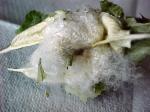
All the Upland cotton bolls had four locks
For many bolls, the cotton fiber is not fluffed out as one might one expect. This may be because the cotton capsuled were soaked by several fall storms. Looking closely at the various photographs, one can see convoluted surface , similar to the surface of a human brain’s. Several of these unopened bolls were handled by guests interested in the cotton. Repeated handling caused the cotton to fluff.
Based on my readings and Internet searches, it appears a cotton plant typically needs to produce about 3–4 dozen bolls to pay for itself. With some coaxing, our six plants yielded three dozen opened bolls.
The cotton is light pink taupe, it has not been cleaned or bleached. These staples are probably long and strong enough for spinning




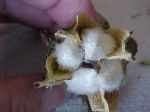

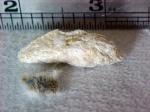
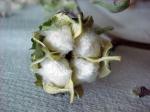





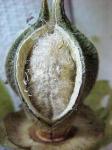





















































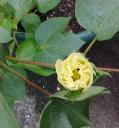








You must be logged in to post a comment.